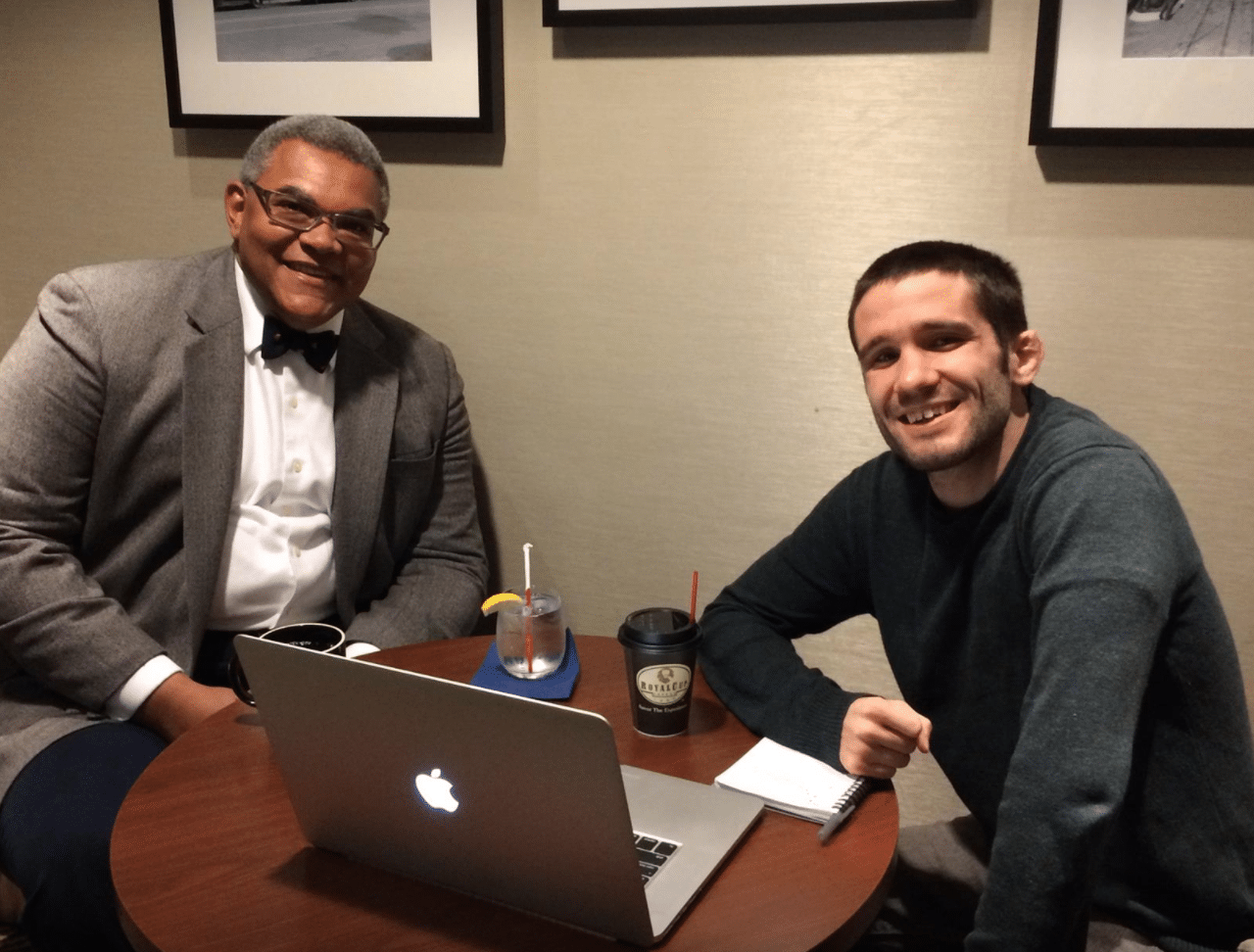
Episode summary: Sales forecasting is big business. If you can better predict how much of a certain product or service you will sell in a given day, you can better stock inventory, better staff your facilities, and ultimately keep more margin in your business’s accounts.
This week on AI in Industry we interview John-Paul B Clarke, professor at Georgia Tech and co-founder / Chief Scientist at Pace (previously called “Prix”). Mr. Clarke shares details about how sales predictions are done today, and what AI advancements may allow for in helping businesses sell everything from groceries to hotel rooms.
Subscribe to our AI in Industry Podcast with your favorite podcast service:
Guest: John-Paul B Clarke, Chief Scientist at Pace (previously “Prix”)
Expertise: Aircraft trajectory prediction and optimization, stochastic models and optimization algorithms
Brief recognition: Currently a Professor at Georgia Tech, previously an Associate Professor at MIT. Mr. Clarke was a member of the technical staff at NASA’s Jet Propulsion Laboratory in the late 80’s and early 90’s. He received his S.B., S.M., and Sc.D. degrees at MIT.
Big Idea
John-Paul mentions that more or less any “perishable” product may involve AI-based price adjustments and real-time sales forecasting in the future.
“Perishable” doesn’t just apply to groceries. Concert tickets, airline seats, train tickets – all of these can only be sold once for a given trip, and money is generally lost if they’re left unsold. For this reason, these industries might be low-hanging fruit for sales forecasting software, because they need the ability to adjust pricing and sales on the fly to fill their rooms (hotels) or seats (planes, trains, concerts).
For example, if a concern is selling tickets faster than expected, they may raise the price on remaining tickets – knowing that they’ll sell them out even at a higher price. Alternatively, an airline that has a half-full plane going from Dallas to San Francisco may want to lower the price of that trip in order to fill up aircraft before it’s scheduled flight.

Interview Highlights on AI for Sales Forecasting
The main questions John-Paul answered on this topic are listed below. Listeners can use the embedded podcast player (at the top of this post) to jump ahead to sections they might be interested in:
- (2:00) What is the current statistical approach to sales forecasting at hotel sites – and how are you approaching that problem at Pace?
- (4:45) How does real-time sales data factor into updating a sales forecasting model?
- (12:20) Other than airlines and hotels, what are some industries where sales forecasting would make a huge difference in business?
- (20:40) As a consumer, where can I expect to see AI-based real-time pricing in the near future?
Subscribe to our AI in Industry Podcast with your favorite podcast service:
Header image credit: NASA











